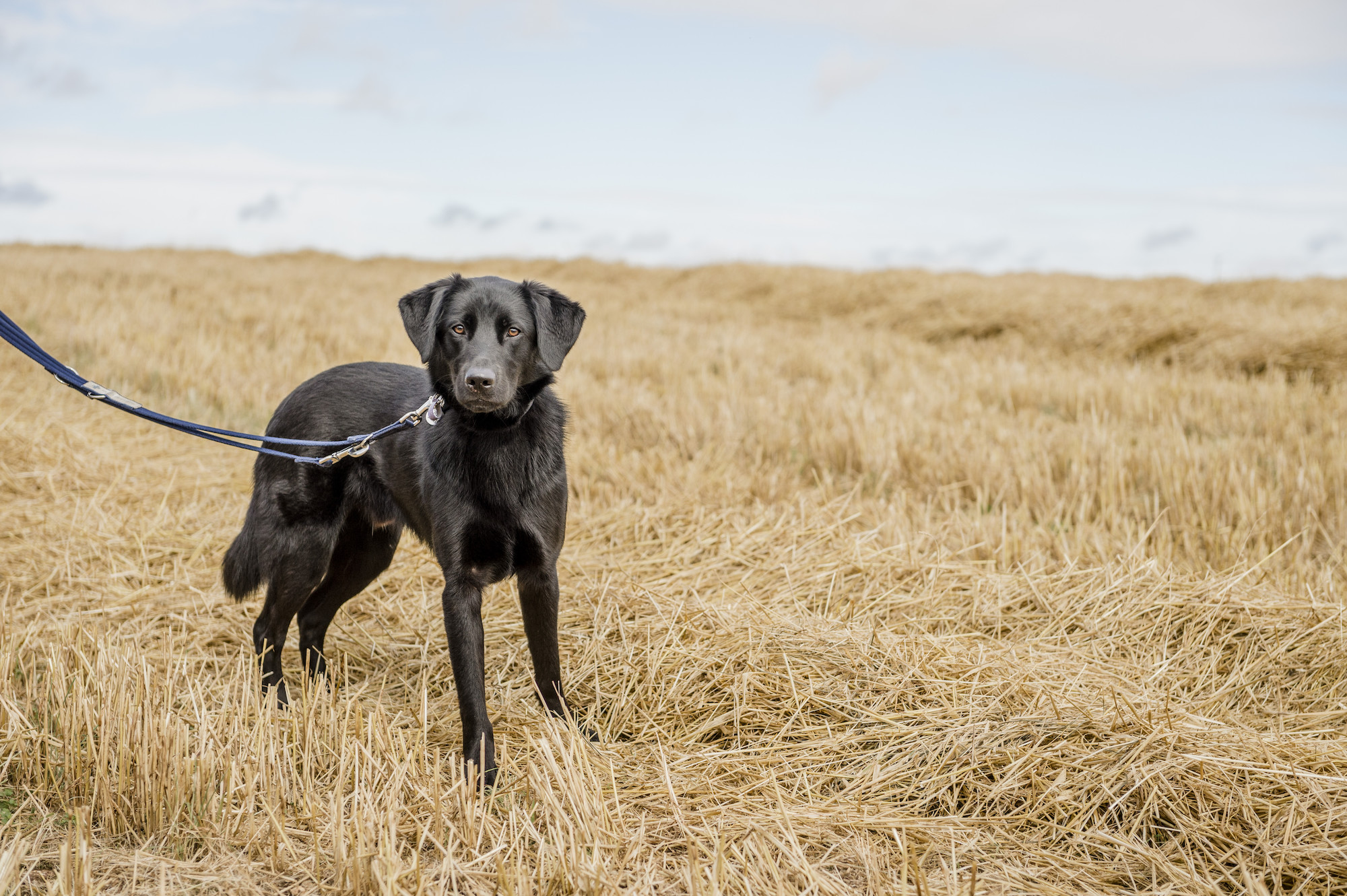
Fatty lumps and lipomas in dogs
- Discovering a lump under your dog’s skin can be alarming, but they are not always serious
- Always get them checked by your vet, particularly if you have noticed that they are getting bigger or are sore or bleeding
- But many turn out to be what are known as fatty tumours, or lipomas
- These are not cancerous or life-threatening lumps, and are very common in dogs, particularly in certain breeds
What is a lipoma and what causes it?
Lipomas are harmless lumps that start in fat cells stored in tissue around the body and are not usually painful. They accumulate more fat as they grow and are more likely in middle-aged to elderly dogs. The size the lump will grow to depends on how much fat the lipoma stores, but they can become very big – in some cases, the size of your dog’s head. Overweight dogs tend to develop larger lumps but the tumours may reduce in size if they lose weight.
Are fatty lumps or lipomas cancerous?
No, lipomas are benign lumps, which means they are not cancerous and will not spread through the body in the way a malignant growth can. Some dogs, particularly overweight ones, can develop multiple lumps of this kind but these are still not life-threatening. The lumps normally grow in a separate pocket to surrounding tissue, but in rare cases they penetrate other tissue such as muscle. This is known as an infiltrative lipoma.
In extremely rare cases, lipomas can develop into a malignant growth called a liposarcoma. However, these do not normally spread through the body in the way that other cancers can, though they can be extremely difficult or impossible to surgically remove.
What should I do if I find a lump on my dog?
Take your dog to the vet at the earliest opportunity. While it is likely that the lump is a harmless lipoma, it’s important to rule out any serious medical conditions. It’s also a good idea to note if your pet shows any pain when touching the mass and any change in appetite or toilet habits.
How are fatty lumps or lipomas diagnosed?
Your vet will often have a good idea as to whether a lump is a lipoma just by feeling it as lipomas have a relatively distinct feel and texture. But your vet may test the lump by aspirating some cells from it with a needle (though because there is normally fat in the skin, certain diagnosis can be difficult) or taking a biopsy to rule out cancer.
More advice if your dog has been given a cancer diagnosis.
Should lipomas be removed?
Many lipomas have no impact on overall health and removal is purely for cosmetic reasons. But surgery may be needed in cases where a large lipoma has grown on a part of the body where it becomes uncomfortable for the pet or interferes with movement. Removing the lumps is normally a straightforward procedure performed under general anaesthetic.
What dog breeds are prone to getting fatty lumps or lipomas?
Any breed can develop the lumps but they seem to be more prevalent in Labradors, Shetland sheepdogs, dachshunds, cocker spaniels, weimaraners, miniature schnauzers and doberman pinschers. Dogs with hypothyroidism and those that are overweight are also more likely to develop lipomas. Age is an additional contributing factor.
Signs to look out for that suggest your dog could be in pain
- Changes in behaviour
- Loss of appetite
- Reluctance to move around and go for walks
- Restlessness, difficulty in getting comfortable
- Your pet may seem withdrawn or tense
- An occasional “tail wag” does not mean that your pet is pain free
- An improvement in demeanour with painkillers (only ever give painkillers prescribed by a vet)





